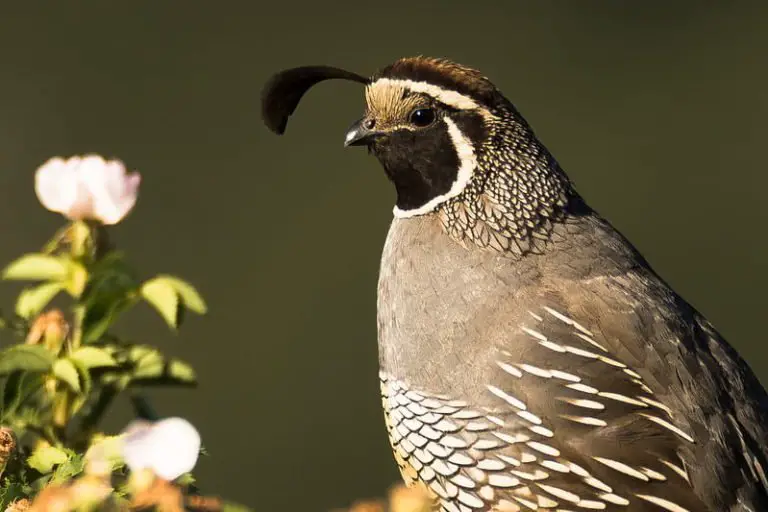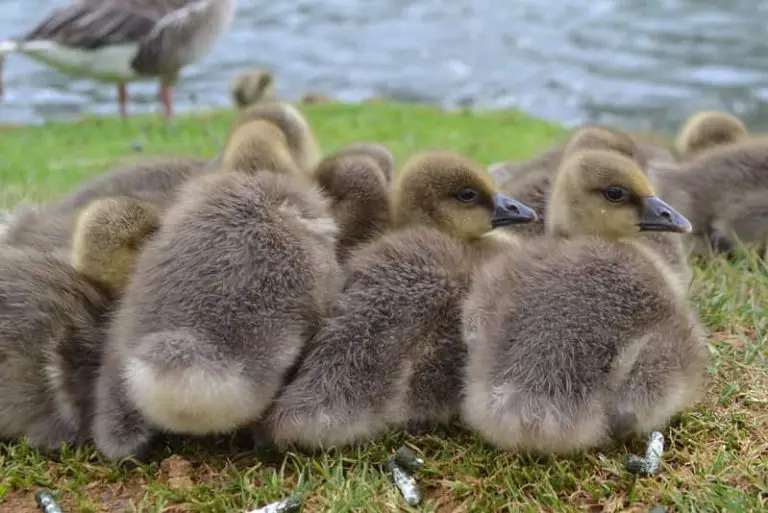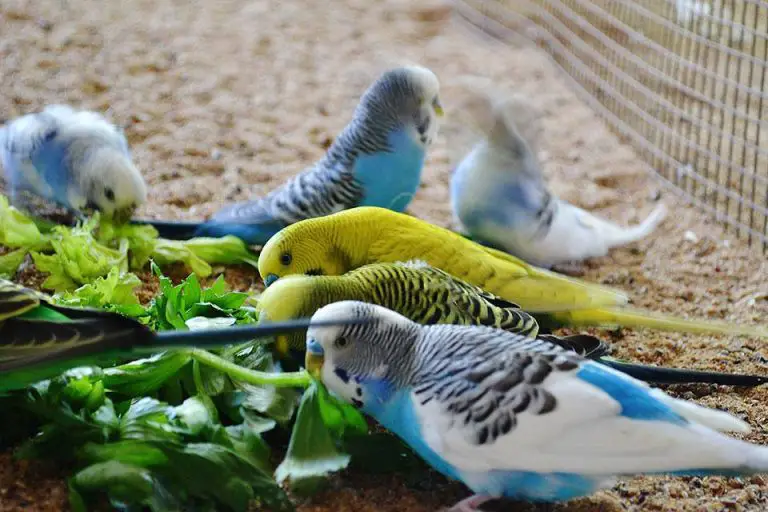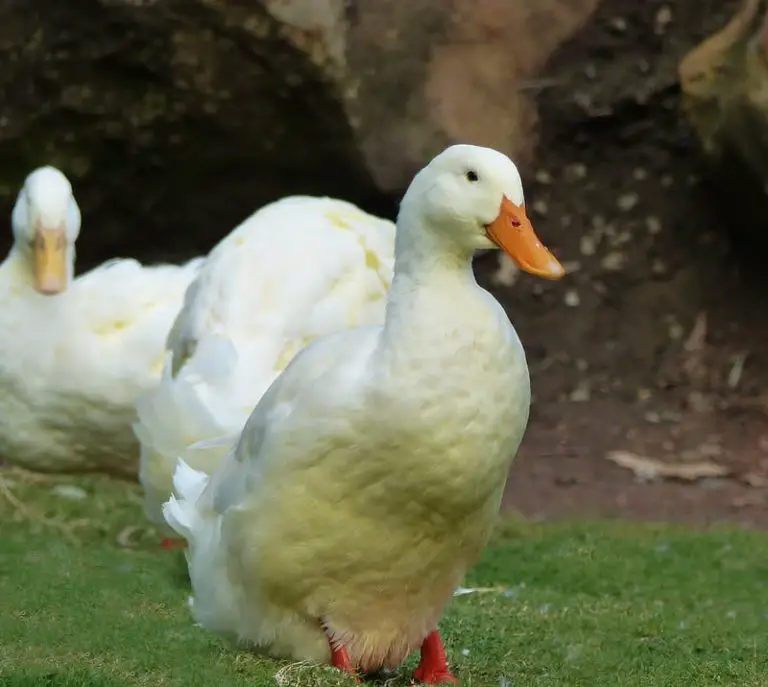Can You Use Sawdust For Budgies? (Here’s Why it is Not Recommended)
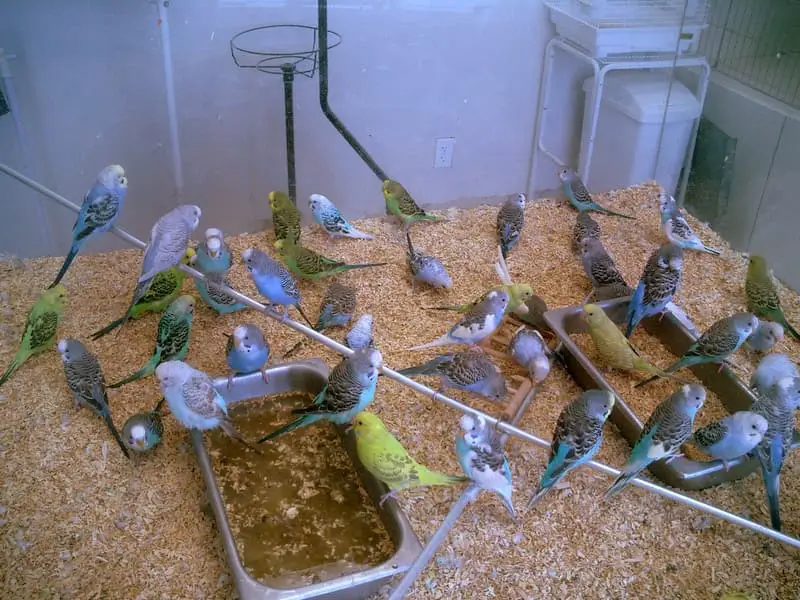
Sawdust is one of the most widely used natural materials as a substrate for birds, it is extremely accessible, economical and very absorbent.
The progressive increase in prices of bird substrate materials has also contributed to the search for alternative materials, although some may work better for specific birds and not for others.
In the specific case of budgies and sawdust, from all the research I have done, it is argued that its use is not recommended, mainly because budgies are very prone to nasal cavities affections and sawdust, being mostly dust particles, contributes to this.
Some bird keepers mix the sawdust with wood shavings, so that the sawdust dust is left on the bottom, but could this work?
Is it true that sawdust could really harm the budgies, what other alternatives or methods of use could be applied.
Let’s develop the subject.
What is wrong with using sawdust as substrate for budgies?
I do not intend to demonize wood sawdust, in fact, I love this material, I love the idea that it is a material of natural origin, which is a waste or residue which can be harnessed for various uses.
But, the specific issue is whether it could be used as a substrate for budgies, and I really support the argument that although it can be used, and in fact many people use it, it is NOT really recommended.
I don’t know if at any time in your life you have had to work with wood, or have been in direct or indirect contact with wood sawdust, believe me, I have been directly working with wood and I know how uncomfortable the sawdust can be.
In my profession, as a designer and builder, I had to work a lot with wood, it was always a requirement for my workers who cut wood to wear masks to take care of their health, the problem is that sawdust flies everywhere in very fine particles.
The fine particles of sawdust, in continuous exposure, damage the respiratory tract, even clogs the nostrils, and if this is to an average human, what will not be for a small bird like budgies whose nostrils are small and delicate?
And I fully understand that it is not the same to work cutting wood and sawdust flying all over the place, than to have sawdust as substrate in a parakeet cage.
But, everything is applicable to scales, the sawdust particles are so fine, that they can spread in the air easily with the budgie’s wing movement, somehow or other these particles will find their way to the budgie’s pits.
Negative effects of using sawdust as a substrate for budgies
The budgie’s nose is just above the upper bill. Only part of the nose is visible from the outside.
The actual nasal cavities are hidden behind an area in the budgie’s face that is featherless and covered with a smooth, relatively resistant and waxy, shimmering skin.
In most budgies, these air openings are oval in shape and vary in size from bird to bird.
In healthy birds, the edges of the nostrils are smooth and even and you should be able to see the nose slightly through these openings. If this is not possible, the nose could become blocked.
If it is decided to use sawdust as substrate, it should be obtained from stores or places of confidence, where the origin of the material is known or at least it is directed as a substrate for birds.
Otherwise, not knowing the origin of the wood where the sawdust comes from, let’s say if it is wood from a local workshop or something like that, usually those woods are treated with chemicals to keep them dry and to avoid fungus.
Those chemicals could be left in the sawdust and somehow you would be exposing your budgie to unnatural chemicals without realizing it.
What alternative substrates could be used for budgies?
Wood shavings: They have absorbent and antiseptic properties, they are the most used nesting substrate worldwide and have been present in budgerigars’ nests practically since their history in captivity began.
In addition, to the fact that it is the closest material to the waste left in budgerigar nests in the wild once the female has finished preparing it.
Corn Cob Bedding: it is a material that comes from the residue left by the corn cob once its grains have been consumed. This product is ground in portions of medium size and is roasted or dehydrated to extract the moisture.
Is used in cat litter and is immensely absorbent, has a power of absorption much greater than the chip and its use in nests has been spreading in several countries.
Wood pellets: Their use is more common in the bottoms of the cages and floors of the nesting cages but they have also made their transition to the nests.
They have very good absorption but you have to be careful with their origin because some are made from recycled wood from furniture and doors that had paints or varnishes, materials that would be toxic if the parakeets consume them.
Where can you get the substrate for budgies?
The shavings are sold in pet stores as litter for rodents and rabbits, preferably avoid fresh shavings because they still contain oils, moisture and emanate gases that although they are not deadly is not good for budgies to consume/inhale.
The shavings sold for rodents and rabbits have already been dried in ovens or dehydrators to remove moisture and gases so that they are safe to use as substrate and improve their absorbent capacity.
Corn shavings are available in cat litter, but be careful, read the composition of the product, very few cat litters are shavings-based.
Additional tips
- Some breeders mix their nest substrates with herbs such as thyme, basil or laurel to keep ants, mites and other insects away from the nest.
- Some breeders fill the nest to the top with shavings so that the female can dig it out as if she were digging in a log, claiming that this practice raises her hormone level.

